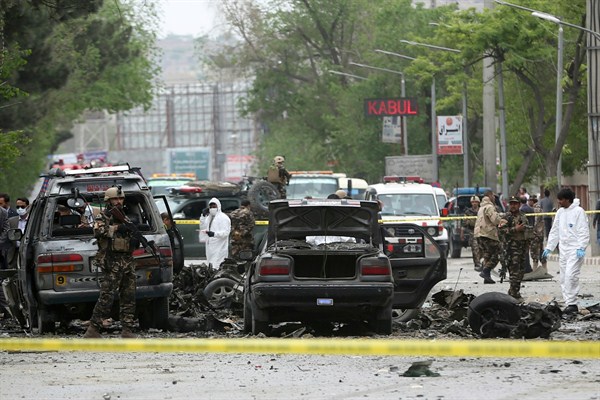U.S. President Donald Trump probably does not relish taking on a problem like the conflict in Afghanistan. It is a “wicked” problem, intricate and almost incomprehensibly complex, with a large and growing cast of participants playing a role or at least having a stake. Inside Afghanistan there is a mesh of actors with clashing, often incompatible goals. Outside the country a solution depends on Pakistan, which deeply fears India and has its own growing jihadi problem. Russia and the self-styled Islamic State, while late to the conflict, are now involved and muddling things even further.
But despite all this, Trump must frame a strategy: In statecraft, a problem ignored seldom simply goes away.
Last February, Gen. John W. Nicholson, commander of the U.S.-led international military force in the country, told the U.S. Senate that Afghanistan is facing a “stalemate” and asked for additional American troops to train and advise Afghan soldiers. Reports suggest that the Trump administration is considering deploying up to 5,000 more, on top of the roughly 8,400 currently in the country.

